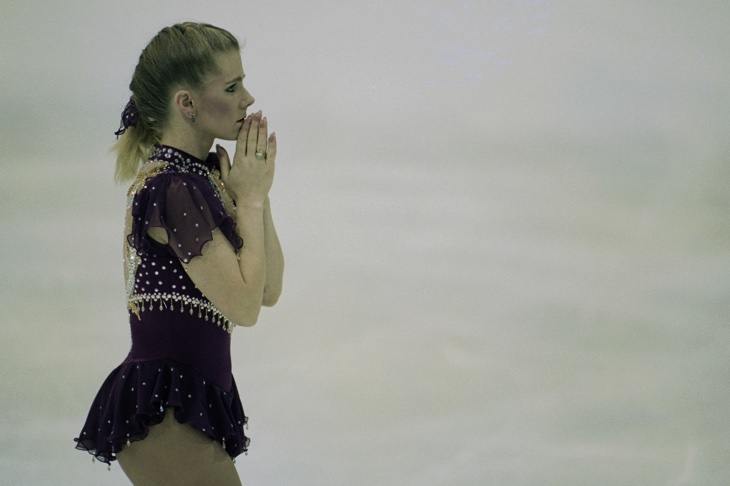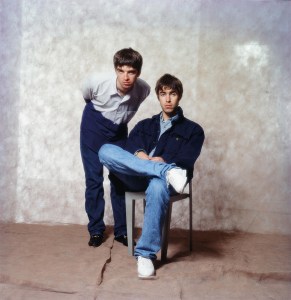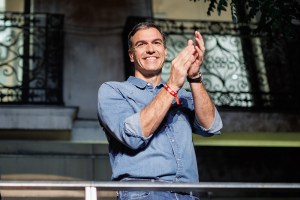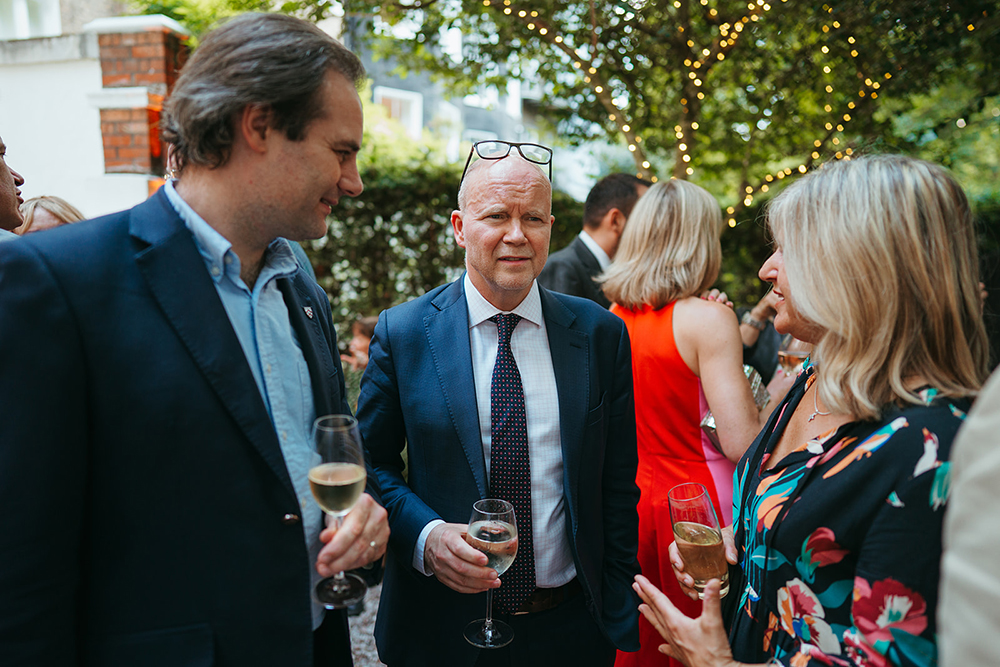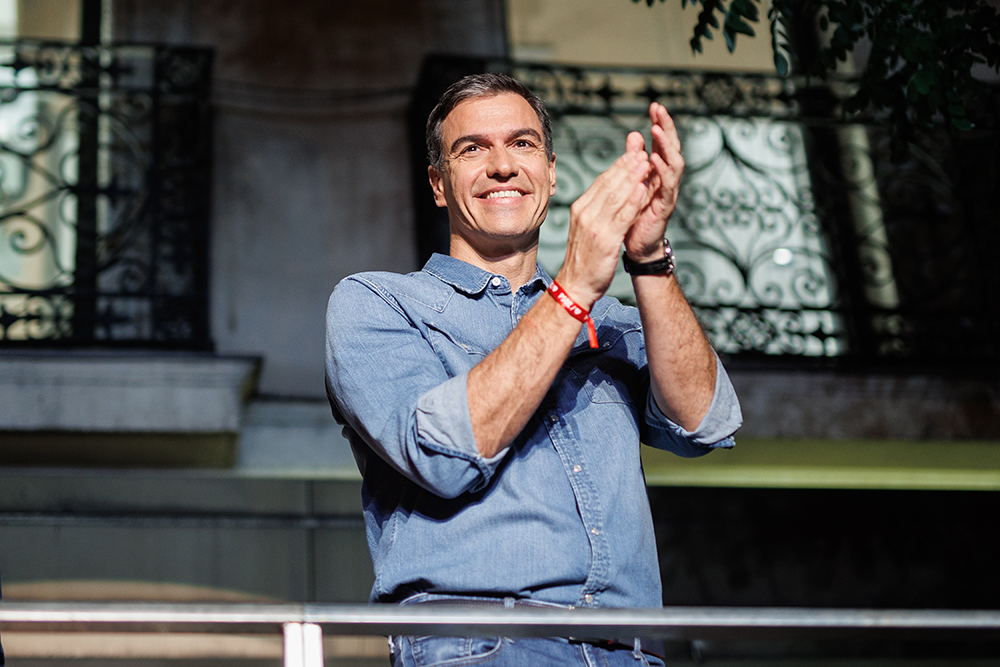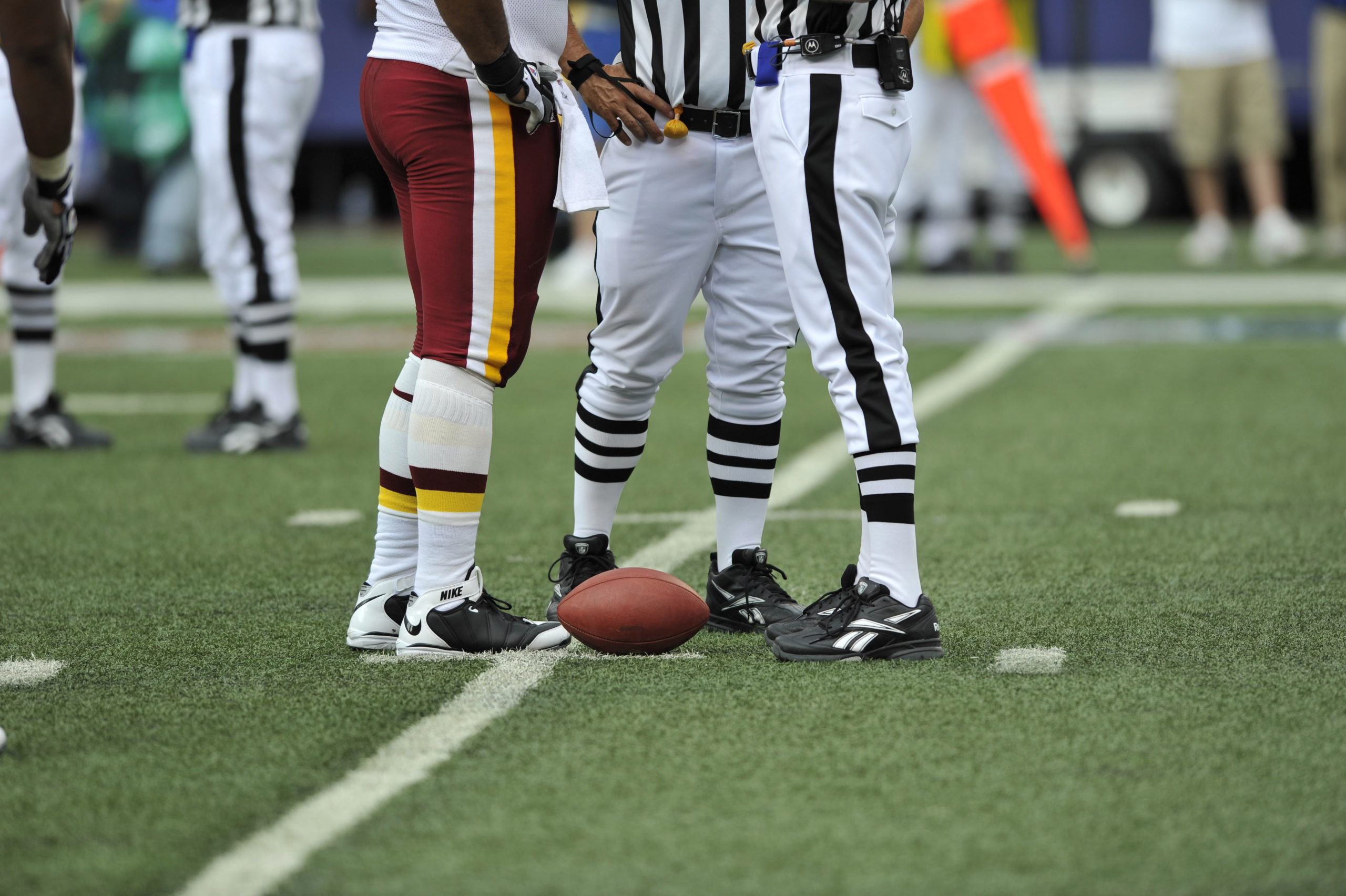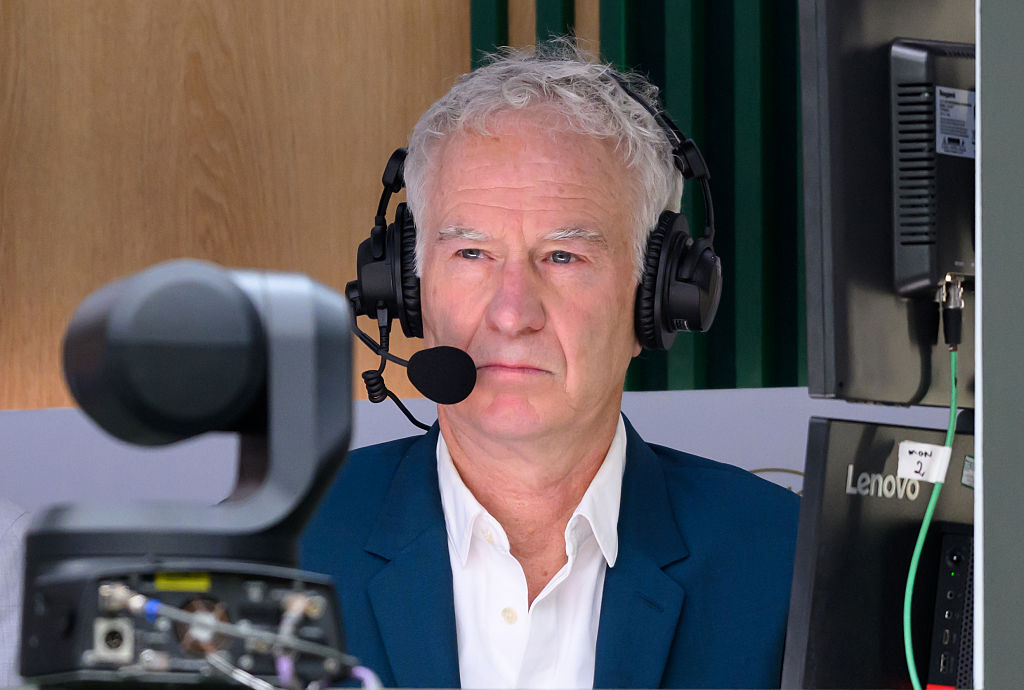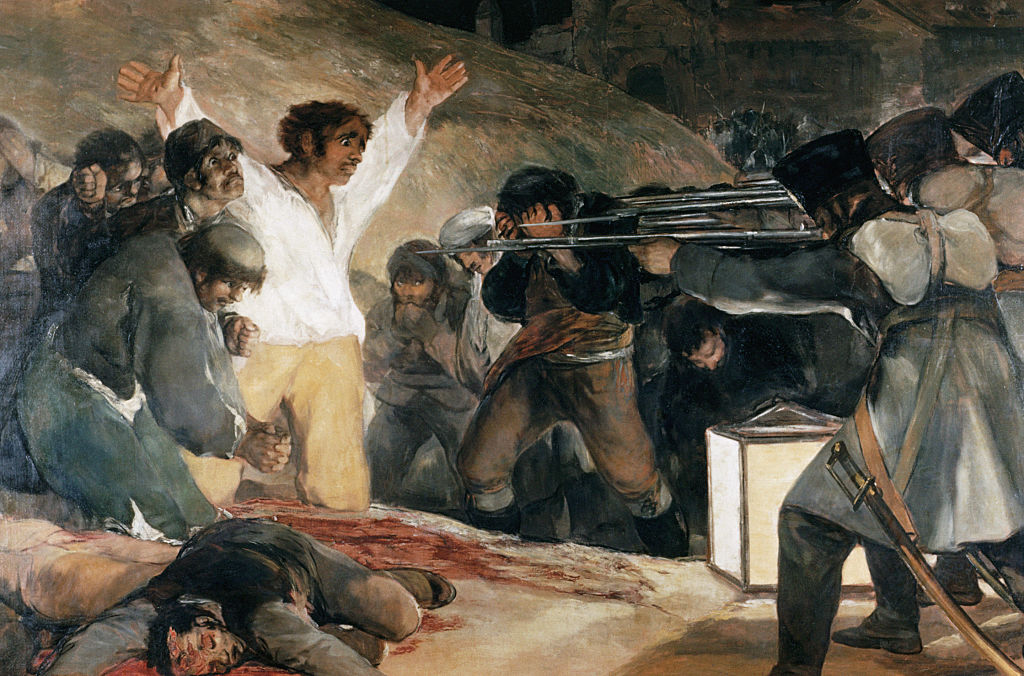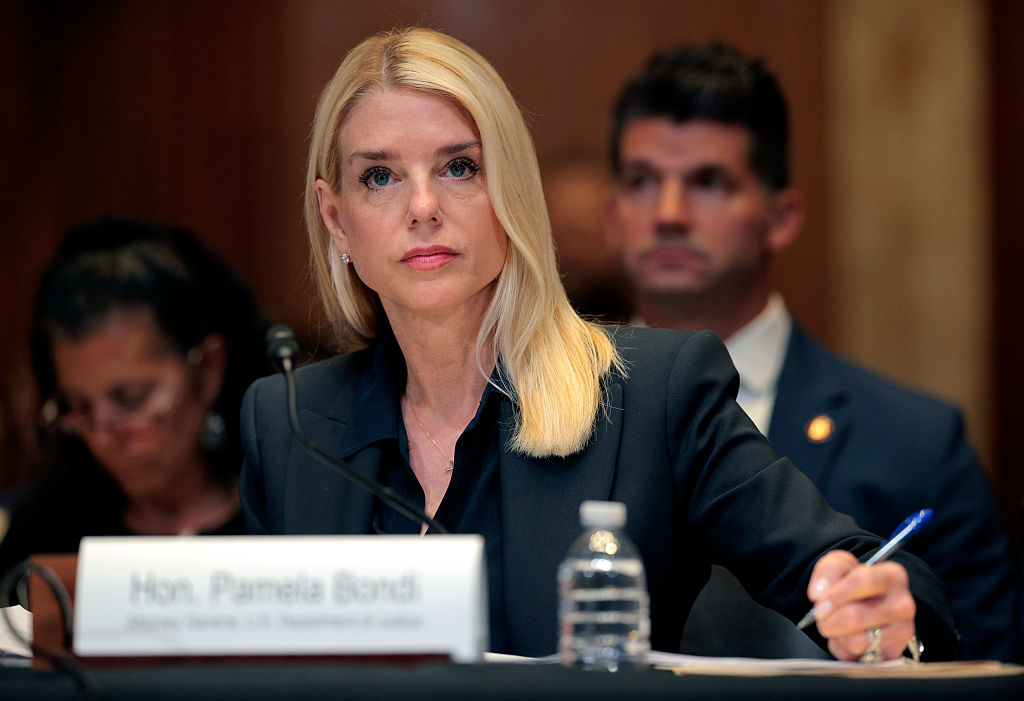The film I, Tonya, has been well-received and is even up for an Oscar or two. I’m pleased about that because I’ve met Tonya Harding and her story has always fascinated me, not least because to watch her skate in the run up to the 1994 Olympics (particularly in Oakland, California in 1991 at the Ladies Free Skate competition) is to witness sport, art and sheer guts come together in an unfathomable holy trinity. It all went terribly wrong, of course, and she became the most reviled ice skater in the world.
ust to recap, six weeks before those Olympics, Harding’s bodyguard, acting on instructions from her already ex-husband, Jeff Gillooly, clubbed the golden girl, Nancy Kerrigan, across the right knee with a metal bar after she had finished a practice session in Detroit.
Gillooly pleaded guilty to one count of racketeering and was sentenced to two years in prison and fined $100,000; the bodyguard, Shawn Eckardt, was also jailed but Harding skated free from imprisonment. She pleaded guilty of conspiracy to conceal and was fined $160,000, given 500 hours of community service, put on three years’ probation – and banned for life by the United States Figure Skating Association.
Gillooly and Eckardt told the court that Harding knew from the start the plan to cripple Kerrigan but she maintained then and still maintains now that she was the innocent party, only knowing about it after the event.
Sport can bring people together but the Harding story divided Americans violently. To many, she was the Wicked Witch of the Rink – the blue collar, hard drinking, heavy smoking, street-wise, trailer park, tough nut who threw the sedate world of skating into turmoil. Never mind the abusive, alcoholic mother, she was ‘white trash.’
On the other hand, Kerrigan, with her Katherine Hepburn looks and preppie Boston upbringing, was tall and elegant – and just the sort of athlete the stuffy skating world wanted to mount the podium.
And yet Harding had phenomenal support from fans around the world, including Britain; academics were soon talking about her as a paradigm of class war in contemporary America and sales of a secret video of her love-making on honeymoon were brisk. Even today, she remains only one of two skaters who have tried and succeeded in performing the Triple Axel (3.5 aerial turn) in competition.
Some six years after her ban, I was visiting a friend in Portland, Oregon, who knew someone who knew someone who knew her and before I knew it I was having coffee and Orion cookies with Tonya.
I liked her and came away thinking that she should have been given a second chance. If Bill Clinton could have his cock sucked under his desk in the Oval Office by an intern and remain in office, why couldn’t Harding serve a ban and get back on the ice.
‘I only knew about it four or five days after it happened and then I couldn’t say anything because I was being threatened,’ she told me. ‘I was terrified. I felt trapped. People seem to forget that I was already divorced from my husband when it happened – even though we were still living under the same roof for financial reasons. I never had anything against Nancy. We used to share a room when we were on tour.’
I’m pleased for Harding, who is now 47, because she has paid her dues. She has survived two disasterous marrriages, a nervous breakdown, bankruptcy, a criminal record and enough derision to sink the hardiest of wayward athletes.
As she put it to me, she kept being drawn to ‘bad’ people. Her reconstruction has not been easy. At one point she was made an offer to become a wrestler in Japan but the probation service wouldn’t let her leave the country; she embarked on a short, cringe-making career as an actress but the film bombed. Then she tried her hand at pop singing but was booed off stage at her first gig.
On one occasion she agreed to do a two-minute turn on the ice before a minor league hockey game in Reno. Dressed in black, she only did one jump and was greeted with jeers, catcalls, half-full cups of beer and sweet wrappers. Then there was a TV special when she publicly apologised to Kerrigan but was criticised for doing it for the money
In between, she has washed dishes, painted people’s houses and worked on the engine of her huge, four-wheel drive truck. Oh, and she walked out of a Piers Morgan interview live on Good Morning Britain – and I was pleased about that too because Morgan was plain nasty.
Today, she lives in the state of Washington with her third husband and they have a son called Gordon. I can see a fairytale ending and a new movie to boot. Gordon decides he wants to skate; his mother becomes his coach and they win the gold medal at the 2036 Olympics.



